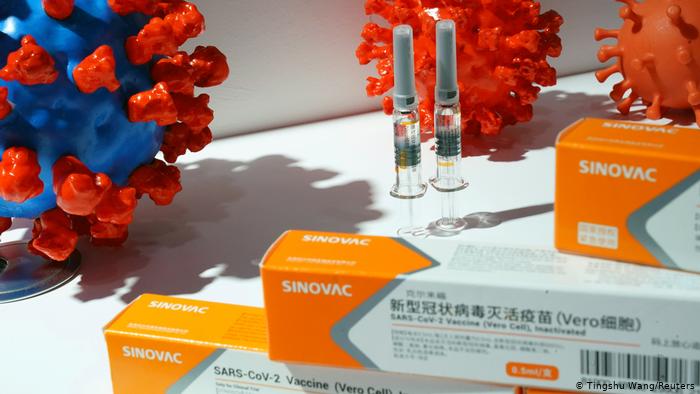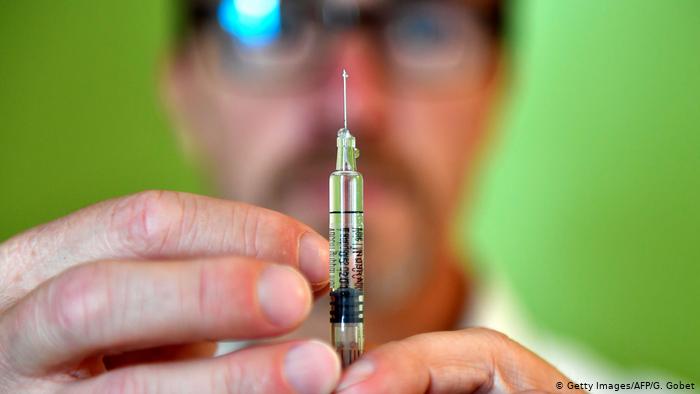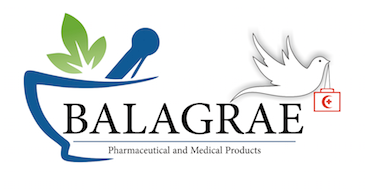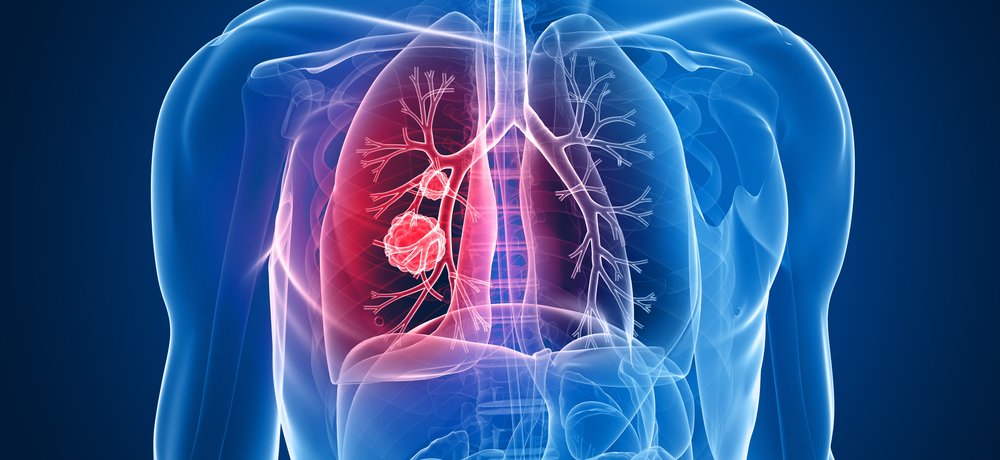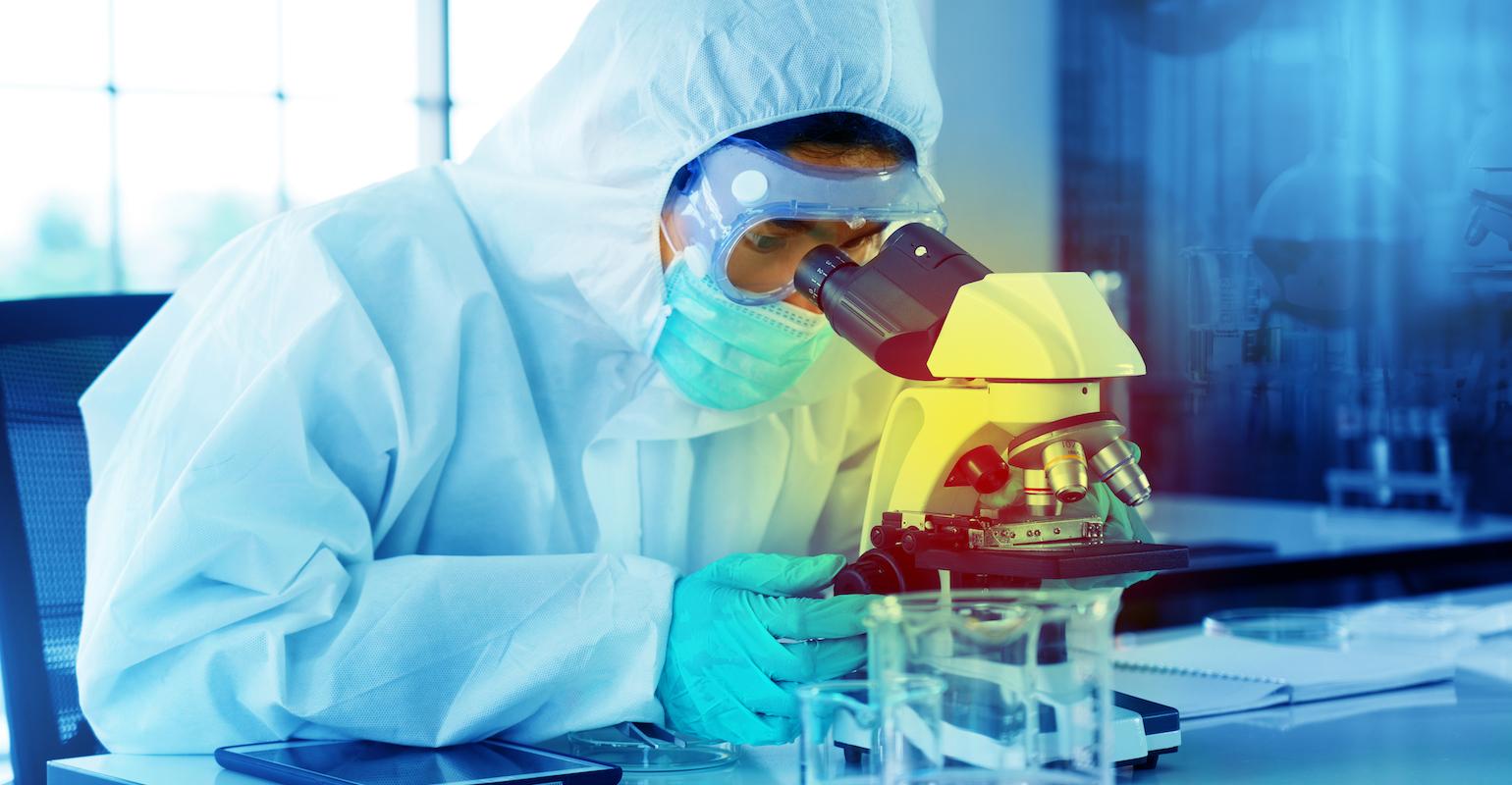
China CDC Director-General Dr Gao urged international cooperation to continue the COVID-19 fight. Read this and other day 3 updates from Global Health Exhibition.
Increasing readiness for future global health emergencies
Interview with Dr George F. Gao, Director-General, Chinese Center for Disease Control and Prevention
In an interview sponsored by Lean Business Services, Dr George F. Gao, Director-General, China CDC looked at how COVID-19 may strengthen global preparedness in anticipation of the next pandemic.
Related: Impact of COVID-19 on radiology services
Problematically, from China CDC’s point of view, the virus is “clever, covert and very complicated”, and while having experienced more than seven waves already in China owing to imported cases, they are still attempting to understand lessons from the first (in Wuhan).
The virus, he elaborated further, raises important questions and problems. Initially it was assumed that the coronavirus was like SARS, MERS and Ebola, yet it proved to behave very differently. “It’s very special,” he admitted, “Our common sense and knowledge of Ebola, MERS and Avian flu don’t work.”
Related: How telenursing, video visits and nursing informatics have benefited patient care in KSA and UAE
While complicated, every imported transmission remains under control, with four provinces – Inner Mongolia, Shanghai, Tianjin and Anhui – presently experiencing outbreaks.
Dr Gao’s lab is working on developing a vaccine and the pathogenesis of the coronavirus, including trying to understand why there is immuno-suppresion. He stressed the need to go back to science.
So far much has been learned about the virus. After one year no intermediate host has been found, Dr Gao said. While people suspects bats as a close relative, no one has yet isolated the coronavirus anywhere in the world. The scientific community has to work hard to identify the origin of the virus, he continued, lest another outbreak emerges in 5-10 years time.
Dr Gao conceded that it was difficult to predict how the current pandemic would end – eventually herd immunity will be attained by the end of the pandemic’s last year – but there are approaches that the world can take to better control the outbreak. To reopen their economy, all countries must move back to community-level control – which works in China – meaning that public health workers, doctors and nurses are activated and report suspected cases as soon as possible.
He also suggested that innovations such as digital health and nucleic acid tests can play an important role. Everyone uses a smartphone, he said, and so a “health code” was introduced in China to establish a traveller’s health status (a colour code is assigned to each user depending on places they can acces). This allowed the speaker to travel recently to places such as Shenzhen and Zhuhai.
On a final note, he concluded that while it will be “very difficult” to stop the next pandemic from happening – suggesting it was like Tom facing Jerry from the old cartoons – the global community must work together.
He also emphasised the need to maintain a good relationship with nature, saying that humanity is destroying the habitat of virus-carrying animals. Human factors and behaviours are contributing a lot, he pointed out, reminding that there were four class-1 pandemics in the previous century, along with sporadic outbreaks such as Ebola.
Interview with Syra Madad, Senior Director, System-wide Special Pathogens Program, NYC Health Hospitals
In the last 10 months, COVID-19 has put the world back 10-15 years in terms of infectious disease goals, stressed Syra Madad, Senior Director, System-wide Special Pathogens Program, NYC Health Hospitals, U.S. Due to COVID-19, infectious diseases such as malaria, HIV, and TB, etc., are being masked all around the world.
She explained: “When hospitals get overwhelmed, PPE gets reused and because of which there might be some cross-contamination. However, the good factor has been that since COVID-19 is a respiratory disease, people are wearing masks and these preventative measures are helping in controlling the viral flu.”
According to Madad, technology can play a key role in managing infectious diseases. She said that if several of the processes are automated, it saves time when it comes to training and relying on the human factor to keep up the volume.
“There are certain aspects where we can leverage technology more, in terms of scaling up and having a robust infrastructure,” she highlighted. “For example, while contact tracing is a manual process, if we can augment it better then we don’t have to strain the contact tracing workforce. Today, some apps can track clusters and prevent outbreaks. Also, several decision support tools are being developed by the military such as POCT tests to diagnose pathogens. Our frontline doctors don’t have access to it, and while it is important to innovate and it is also essential to provide these to the frontlines.”
When asked about how COVID-19 will end, Madad stressed that it is an individual responsibility to do what is right but there is also the need to have good public policy and governance in place and provide a conducive environment so that people can do the right thing.
“It is important to realise that such outbreaks are inevitable but what is not inevitable is the way governments respond to these threats. They need to stop hazards from becoming catastrophes and can’t have bubble gum and band-aid solutions! Governments need to invest in preparedness, as it has immense return on investment. Preparedness includes having good public health infrastructure in place that can be scaled up. The best part is we know what to do and have the tools. We have made such amazing advancements, but we just need to make sure that we don’t end up in a similar situation in the future,” she concluded.
A look at the resilience of value based healthcare systems
In a Lean Business-sponsored session moderated by Jwaher Moteb AlSaud, Chief Beneficiary Affairs Officer at PHAP-MOH, Saudi experts considered how KSA’s healthcare system is transforming from fee-for-service healthcare model to a value-based healthcare system, and benefits to different stakeholders.
The notion of “value” was perceived differently by each.
Dr. Mohammad Ibrahim Alsaghier, CEO at Health Holding Company, described three values. The first is personal, around keeping citizens healthy, while the cost of care is not high; the second is a value to the system and payer, so that the largest percentage of the population is kept healthy without significant cost (the cost is more preventative); third, the value to the technical team, to ensure that the best medical care is affordable to the community.
Dr Shabab Saad AlGhamdi, Secretary General at CCHI, believes that VBH will help the entire system – regulators, payers and providers – in Saudi Arabia to grow. Payers would like better value in their investment, and the provider would like to do a good job. Having value as a strategic pillar at national level would help facilitate the move to proactive healthcare and improve the health status of the population, along with sustaining the affordability of care. He added that CCHI adopted this in its strategic transformation to be become an internationally leading organisation and improve the quality of care and satisfaction, and ensured better guiding principles.
Marwan Arbalawi, Director of Digital Health at Lean Business, said that putting the individual as the focus is the goal of VBH, and in particular providing high value care at low cost.
Role of technology
According to Dr Shabab, it’s not possible to realise value until digitalisation is achieved. He spoke of a unified electronic services platform for Saudi Arabia called National Platform for Health Insurance and Exchange Services, comprising insurance services and unified medical records, to help achieve more granular data, whereupon a baseline can be measured and improved on.
Arbalawi agreed that technology initiatives need to be supported to achieve VBH, suggesting that technology will enable regulators, providers and payers to “do their job”. He further elaborated by saying that payers will like to see data where they can see the right care is provided at reasonable cost; regulators would want patients to be treated in the right way in accordance with standards; and providers will be in favour of providing new ways of care.
Dr. Mohammad stated that levers need to be built into the system, but there is huge political will today with a Vision 2030 as a major enabler. He added there is a strong feeling that a lot of care cannot be provided without measuring outcomes, and so there is a push towards achieving this.
He stressed that providers believe in VBH – there is a movement behind it – quoting an example of a first five year plan to move towards VBH that was reviewed the previous week. It was an important moment, he said, in the history of the transformation of healthcare.
Jwaher Moteb AlSaud stated that the best examples of value-based healthcare were enabled by government, and described the journey towards achieving it as interesting.
Introducing VBH to the insurance market
Dr Shabab said a key driver of change is sustainability, and VBH is a “win, win, win” situation for all stakeholders: for payers, where they can have steady growth of business; providers can compete transparently; and employers can maintain some control of pay at the end of the year. The ultimate beneficiary is the customer, who has better access, better quality of care, and better satisfaction.
All these needs are included in CCHI’s strategy and aligned with the national strategic guiding principles from the Vision Realization Program (VRP). There were five strategic pillars followed by CCHI, two of which he described.
He explained the first as prioritising quality and satisfaction for the beneficiary – the end user. The CCHI is surveying nationally customers on this basis to determine areas of improvement. The CCHI is additionally collecting data from payers and providers to drive quality of outcome.
Second, there is a need to enable the private sector. Dr Shabab described a love-hate relationship between payer and provider. The CCHI is now making it a requirement for all payers to adopt care management and population outcomes (all international payers are mandated to do so, he added).
Value-based imaging
At this session, Carlos Francisco Silva, MD, EDiR, Radiologist, Member – Management & Quality Section, Portuguese Society of Radiology and Nuclear Medicine (SPRMN), Sertubal, Portugal, discussed the concept of value in radiology. He said that value equals to outcomes divided by cost. The outcomes include quality, efficacy and safety.
He further highlighted that radiology faces the problem of 30 per cent of waste in imaging exams due to tests and procedures that are unnecessary. Some of the frequent mistakes that can lead to this waste include forgetting to compare previous CT/MRI reports, missing information, a valid information request but about the wrong patient, and missing/erroneous lab data.
“Good IT support is crucial for radiologists to integrate the necessary software and clinical decision support tools, otherwise they will lose too much time,” he stressed.
Furthermore, according to Silva, even though physicians are aware of the problem they continue to order low-value tests and procedures. He shared findings where the reasons for this included malpractice concerns (87 per cent), desire to reduce uncertainty (84 per cent), “just to be safe” (78 per cent), and desire to keep patients happy and on patient’s insistence (>70 per cent).
He added: “While value-based care needs to be relationship-centric, radiologists need to work as a team, and align clinicians’ value and goals to achieve better patient outcomes.”
The road towards value based health care
The role of supply chain in optimizing healthcare costs – Sponsored by Nupco
This session explored how much money can be saved from unifying and optimizing the supply chain. Tariq Alahmadi, Program Manager, NUPCO, said that demand-driven solutions can be used to optimise supply chain management. There is an increased need to monitor customer demand and identify and agree on solutions to deliver products at a suitable time to patients and healthcare provider. The performance of these systems also needs to be continuously monitored to make modifications if required.
“KSA is a huge market with more than 300 hospitals and 4,000 primary centres,” he highlighted. “To reach all these customers, you need to streamline the ordering process to have clear visibility. Therefore, one of the major investments in the supply chain processes in the country has been in automation to provide better solutions. Automation results in cost-savings by streamlining activities.”
Alahmadi stressed that when supply chain processes offer end-to-end visibility, only then will they be able to provide benefits and deliver orders promptly. This is where digitalisation could play a key role.
He said: “One of the issues we are facing is that visibility of the end-user is not clearly captured all the time. I believe providing this visibility may decrease cost leakage. One of the aspects contradicting cost savings is you need much more investment; the question is how to provide better networking and the answer is it requires one-time major investment in digitalisation of services.”
One of the other major issues, according to Alahmadi, is lack of standardisation. “Cost saving is clear when these 300 hospitals have a unified catalogue, as this would lead to cost savings in the procurement side. Quality has to be there all the time and can’t be compromised. Standardisation is one of the first steps that healthcare entities, both public and private, need to agree on to have better cost-saving methodologies.
“Focusing on streamlining services such as dispatching, will add more value to the supply chain.”
Leaders Session: Health Information Management Update – Addressing the latest updates, challenges and solutions for healthcare and insurance providers
At the session, leading American Association Experts shared best practices and leading industry standards and educational offerings in Coding, Clinical Documentation Improvement (CDI) and Revenue Cycle Management (RCM).
As part of the Coding & CDI: Best practices presentation, Melanie Endiscott, Senior Director, International Education and Training, AHIMA, said clinical documentation represents what is going on with the patient, which is turned to standardised coding, which turns to reports for reimbursement, quality reporting, public health, medical research, etc. “The standardised coding supports best possible patient outcomes,” she added.
There are seven characteristics of high-quality clinical documentation: complete, consistent (should not be contradictory), timely, clear (thorough), precise, legible, and reliable.
There are a lot of codes out there said Endiscott, for example, in the U.S. there are over 60,000 codes and 10,000 outpatient codes. In Australia, there are over 22,000 diagnosis codes and billing has over 6,000 codes. KSA also uses these Australian codes. “KSA has been using this for years. The challenge is going to be to ensure the codes are being applied consistently across the country. Fortunately, there are many technologies available such as AI that will assist in ramping up that workforce,” she highlighted.
While Joseph Fifer, CEO, Healthcare Financial Management Association (HFMA), gave a presentation on the ‘Revenue cycle management: Best practices from the U.S. and education opportunities.’ He said that KPIs help forecast performance and recognise signs of improvement or slippage, identify where labour, technology and other resources are likely to have the most impact and help determine if it makes financial sense.
“We need database decision making that is at the heart of the revenue cycle management,” he added.

